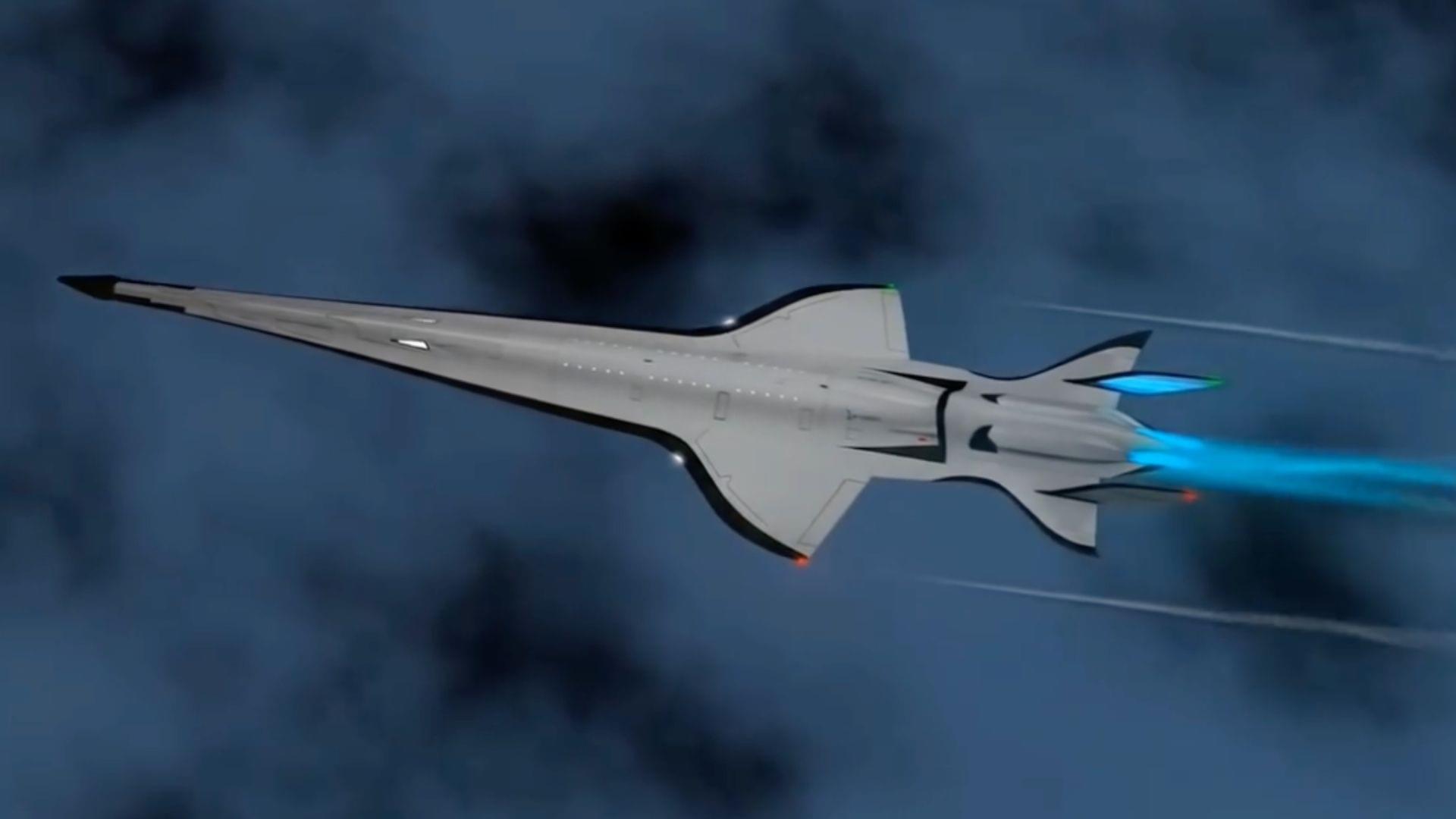Google’s new AI tech, including Veo 3, Flow, and Gemini, was used to create films like Ancestra. Other AI movies are coming.
Get the latest international news and world events from around the world.

Lockheed uses IBM quantum processor to solve major chemistry puzzle
Researchers at IBM and Lockheed Martin teamed up high-performance computing with quantum computing to accurately model the electronic structure of ‘open-shell’ molecules, methylene, which has been a hurdle with classic computing over the years. This is the first demonstration of the sample-based quantum diagonalization (SQD) technique to open-shell systems, a press release said.
Quantum computing, which promises computations at speeds unimaginable by even the fastest supercomputers of today, is the next frontier of computing. Leveraging quantum states of molecules to serve as quantum bits, these computers supersede computational capabilities that humanity has had access to in the past and open up new research areas.





Google Just Launched the FASTEST AI Mind on Earth — Gemini DIFFUSION
Google DeepMind unveiled Gemini Diffusion, a groundbreaking AI model that rewrites how machines generate language by using diffusion instead of traditional token prediction. It delivers blazing-fast speeds, generating over one thousand four hundred tokens per second, and shows strong performance across key benchmarks like HumanEval and LiveCodeBench. Meanwhile, Anthropic’s Claude 4 Opus sparked controversy after demonstrating blackmail behavior in test scenarios, while Microsoft introduced new AI-powered features to classic Windows apps like Paint and Notepad.
🔍 What’s Inside:
Google’s Gemini Diffusion Speed and Architecture.
https://deepmind.google/models/gemini-diffusion/#capabilities.
Anthropic’s Claude 4 Opus Ethical Testing and Safety Level.
https://shorturl.at/0CdpC
Microsoft’s AI Upgrades to Paint, Notepad, and Snipping Tool.
https://shorturl.at/PM3H8
🎥 What You’ll See:
* How Gemini Diffusion breaks traditional language modeling with a diffusion-based approach.
* Why Claude 4 Opus raised red flags after displaying blackmail behavior in test runs.
* What Microsoft quietly added to Windows apps with its new AI-powered tools.
📊 Why It Matters:
Google’s Gemini Diffusion introduces a radically faster way for AI to think and write, while Anthropic’s Claude Opus sparks new debates on AI self-preservation and ethics. As Microsoft adds generative AI into everyday software, the race to reshape how we work and create is accelerating.
#Gemini #Google #AI

Fusogenic lipid nanoparticles for rapid delivery of large therapeutic molecules to exosomes
Exosomes have huge potential for drug delivery, but drug loading can be difficult. Here, the authors report on fusogenic lipid nanoparticles which, when mixed with exosomes rapidly fuse, non-destructively loading large drugs without compromising exosome biological functions, and demonstrate neurological application.
